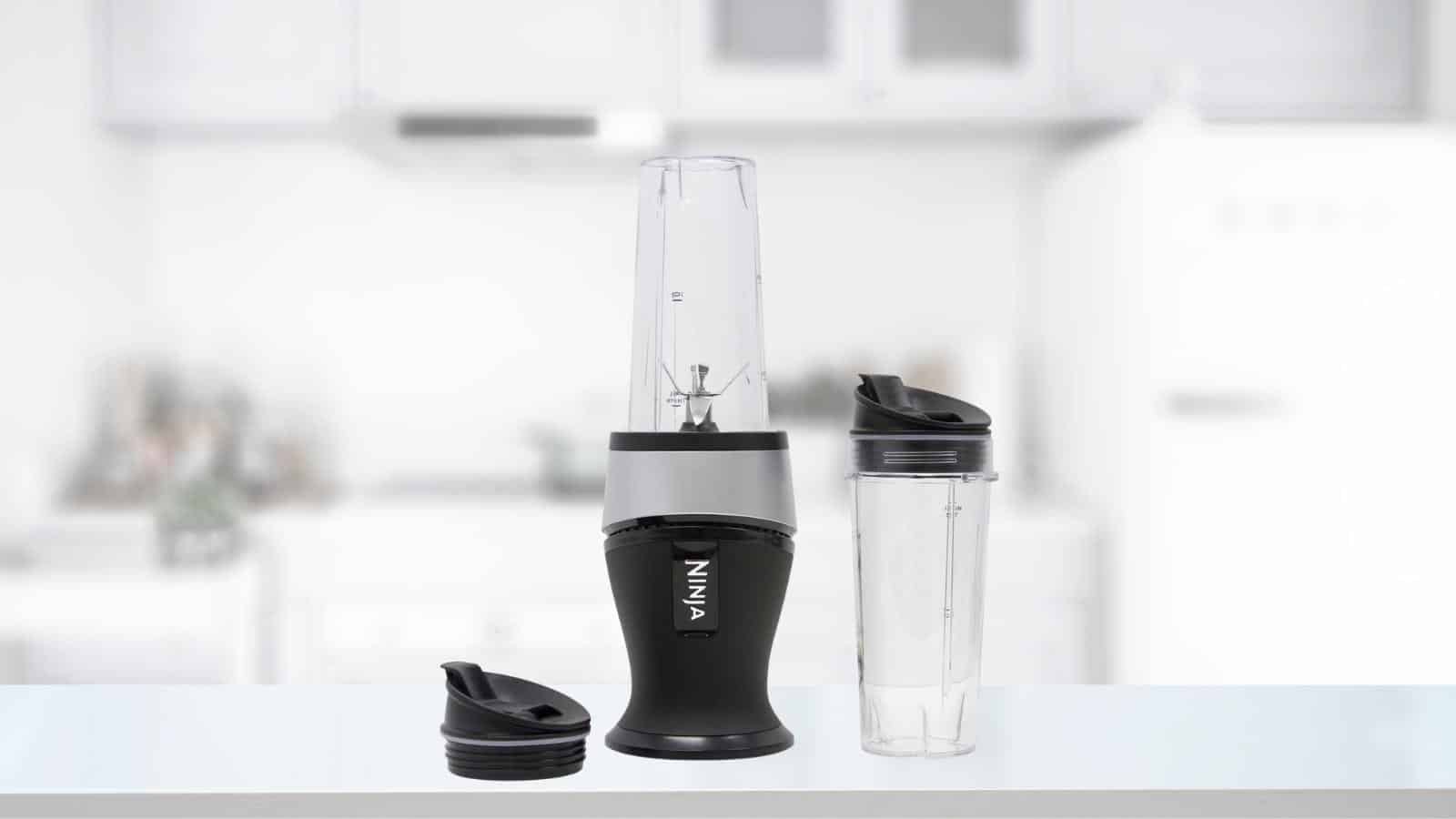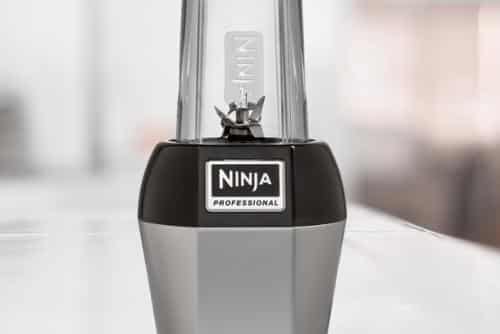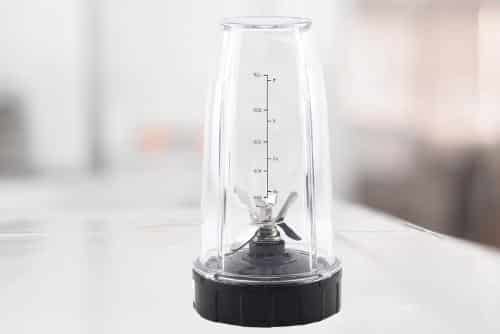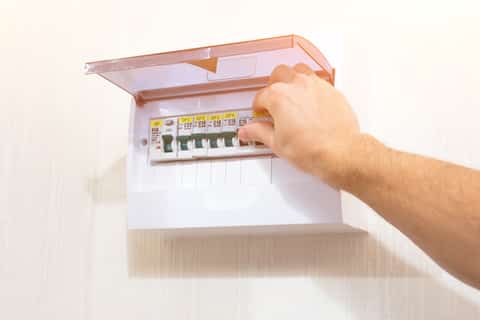
Ninja blenders have become an essential part of most kitchens. These efficient blenders are popular for the perfect combination of durability and innovation.
An excellent feature provided by these blenders is that they have a single-serve option, where you can twist in the Ninja cups. This is a lifesaver for anyone who loves shakes and smoothies.
With a Ninja blender, you can wake up in the morning and blend your smoothies, lattes, and other drinks without having to worry about making too little or too much.
It’s the ideal feature for anyone watching their calories or following a diet plan too- you mix the perfect amount of ingredients to get the right nutrition from your protein shakes and green smoothies.
You also save storage space in your refrigerator- if you don’t make excess, you won’t need to keep a mug or two in the fridge.
Because it’s such a popular and frequently-used feature, waking up to your Ninja blender single serve not working can be super frustrating. Luckily, there are steps to troubleshoot this and you can fix this issue and get to making your delicious drinks!
Ninja Blender Single Serve Not Working
There can be various reasons why your ninja blender single serve isn’t working. We’ve mentioned the fixes below, so to troubleshoot, follow them in this order.
1. Check The Power Source
In case the power light is not switched on the blender, it might be resulting because of power issues in the source or the electrical cord.
If your Ninja single-serve blender is new, it’s likely that there’s no issue with the power cable itself, but the power source. Try connecting your blender to a new power source.
If it fails, check if there’s a burning smell from the wire. Only faulty Ninja blenders would have a damaged power cord, so if you’ve used the blender before and it’s not several years old, then there’s likely another cause behind the single server failure.
2. Assemble Properly
Another reason for your blender single-serve not working is improper assembly. Ninja blenders are designed with in-depth instructions that outline the correct assembly order.
The instructions are available for every component but people can still make some mistakes. It is advised to take out the instruction manual and ensure the components are assembled properly. If you can’t find the manual, follow our guide.
Begin by positioning the stacked blade components by the gasket, then add your pro extractor blades. Remember that your protractor blade can be changed and switched amongst all your Ninja Nutri cups and jars.
To lock this properly, make sure your cup is placed on a flat surface, then twist the blade for a tight seal.
Once done, turn the cup upside down. Now align the tabs on your cup with the tabs present on the motor base. Sit them flat and turn clockwise.
Ensure that the blade assembly has popped up all the way, and it can’t go clockwise any further, especially if you have a smart blender system. You will likely hear a click when it’s in place, regardless of your model type.
After you hear this click, you’ll know that the assembly is perfect if you check the blade arm- it should be all the way up, kind of in a lock position.
Run your blender and when the timer hits zero, simply remove it from the base using counterclockwise motion. Turn your cup back upside down and take out the pro extractor blade for easy cleanup.
If the assembly is spot-on, keep reading to find other potential issues and their fixes.
3. Add Or Remove Liquid
Whether you’re making a single serving latte or smoothie using your Ninja blender pro or any other, if you have issues running the single-serve for more than a few seconds or can’t seem to get your smoothies out of the machine, please check how much capacity of the pitcher you’re using.
All blenders and cups have a line indicating half capacity, and if you cross that, the machine will face a lot of strain and the blending will take much longer. Taking some liquid out will do the job.
On the contrary, adding too little amount of liquid can cause the blender to fail too. High voltage blenders work well when there’s a good quantity of liquid (closer to the half-filled capacity line). Adding a cup of liquid like water or milk will suffice too.
Other than these two, using the wrong kinds of liquids can cause issues too. Extra-condensed milk or thick cream can make the blending process slow and buggy.
4. Incorrect Placement
One might confuse assembly with incorrect placement but these are different issues that could lead to single-serve functionality issues.
So if the assembly of blades and jugs is fine, move on and ensure that all the components are placed in the right position and are tightly connected as well.
For the most part, the pitcher must be tightly fitted to the blender’s base and must have a connection with four locks. It should be leveled too.
In simpler words, if the pitcher is too tough to rotate, it has improper locking or placement. For it to work properly, your pitcher must be aligned with the handle (front one).
5. Check The Lid
Other than that, keep in mind that the Ninja blender will not operate if the lid isn’t locked in properly. This feature is designed to reduce the odds of spillage and is present even in single-serve.
To diagnose whether or not your blender’s lid is locked, just look for the power button. In most cases, if the power button is flashing, it means that the lid isn’t properly fitted. Push it slightly downward to fit and lock.
6. Clean The Components
If you’ve checked everything we’ve mentioned up until this point but are still facing issues with your Ninja blender, then you may need to clean the assembly.
Basically, the more often you use your blender, the more residue is left behind after you use ingredients like kale and spinach. Check the blades if any food debris is stuck.
Other than that, cleaning your pitcher, cup, or jug is very important after every blending cycle too. This helps avoid food residue from the day before getting into your blended drinks and creating a weird smell or taste.
Make sure to clean with warm soapy water. If cleaning doesn’t work and a chemical or plastic-like smell lingers, then something may be wrong with the blade assembly.
7. User Error
Lastly, the reason behind Ninja blender’s single-serving failure is user error. Having a high-speed blender run on and on for more than a few minutes creates friction between the cup and the blades. Because of this, you may also end up smelling something burning.
To avoid this, run your Ninja blender in batches. Let it cool down by stopping shooting for a couple of hours a day. Also, make sure that you’ve added enough liquid so that the blades are properly covered.
In the case your Ninja blender is still not working, you need to look for the circuit breaker. The circuit breaker may need to be reset. The users must ensure that the circuit breaker is in the right location, unplug their devices, and then reconnect.
If there are any damages, you need to get the circuit breaker repaired by the technician.
Lastly, you need to look for the power cable issues. For instance, if the power cable is damaged, you may need to replace it. Call a repairman for this too.
The Bottom Line
So, those are all the fixes you can try to get the Ninja blender single-serve running again. If you can’t seem to fix the problem, instead of disassembling the whole blender, call a repair specialist. Choose the one with stellar online reviews.




